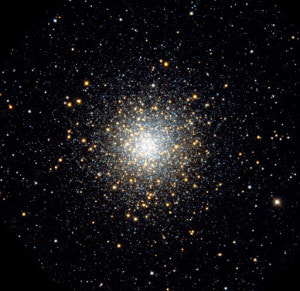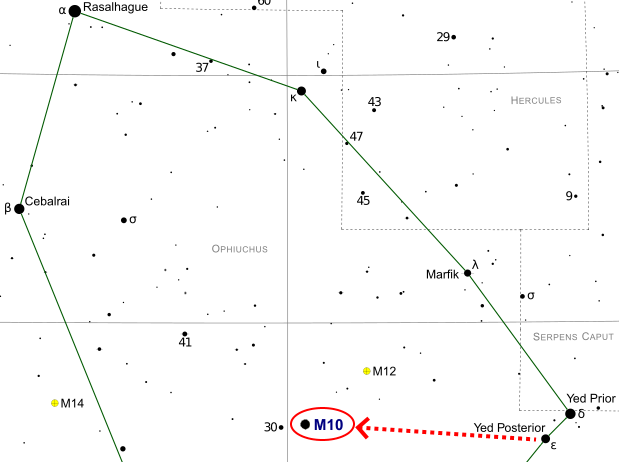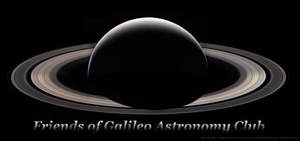FOG Blog
|
Sky Report by Ted Gruber
Evening Sky May offers the last chance to see Venus in the evening sky this year. Venus (magnitude -4.2) sets sooner each evening, about 11:00pm in mid-May and about 90 minutes sooner by the end of the month. Mercury (magnitude -0.6) and Venus appear just 1° apart in the west-northwest sky the evening of May 21. Venus will appear first in the evening twilight, with Mercury becoming visible as the western sky darkens. Mercury reaches its greatest eastern elongation on June 4, when the planet sets about two hours after sunset. Jupiter and Saturn return to the late evening sky in mid-June. On June 15, Jupiter rises in the southeast a little before 11:00pm, with Saturn following a bit past 11:00pm. The two planets rise a few minutes earlier each night over the summer. Morning Sky Mars (magnitude 0.1), Jupiter (-2.5), and Saturn (0.5) are in the southeast morning sky. Jupiter rises first, just past 1:00am in mid-May. Saturn follows about 15 minutes later, and Mars just before 3:00am. By mid-June, Jupiter and Saturn rise around 11:00pm, and Mars about 1:30am. All three planets remain visible until fading into morning sunlight. The moon passes just south of Mars the morning of June 12. Mars passes less than 2° south of Neptune that same morning. Venus returns to the morning sky in mid-June, rising in the east-northeast about 4:30am on June 15. The moon and Venus appear less than 1° apart the morning of June 19. Moon Phases New (5/22), first (5/29), full (6/5), last (6/13), new (6/21), first (6/28). Messier of the Month – M10 M10 is a magnitude 6.4 globular cluster in the constellation Ophiuchus. The cluster contains about 100,000 stars, with about 14% of the stars in the core are binary stars. M10 is about 83 light years in diameter, about 14,300 light years distant, and has an estimated age of 11.4 billion years. Through binoculars, M10 appears as a fuzzy ball of light. A 6” scope will resolve the core and stars in the outer regions, while larger scopes will resolve more core detail and more stars.
0 Comments
Click the link below to view or download this month's newsletter.
|
Friends of Galileo
We are astronomy enthusiasts who love to learn and to share our wonder at the amazing sights right overhead. Archives
February 2024
Categories
All
|
||||||



 RSS Feed
RSS Feed